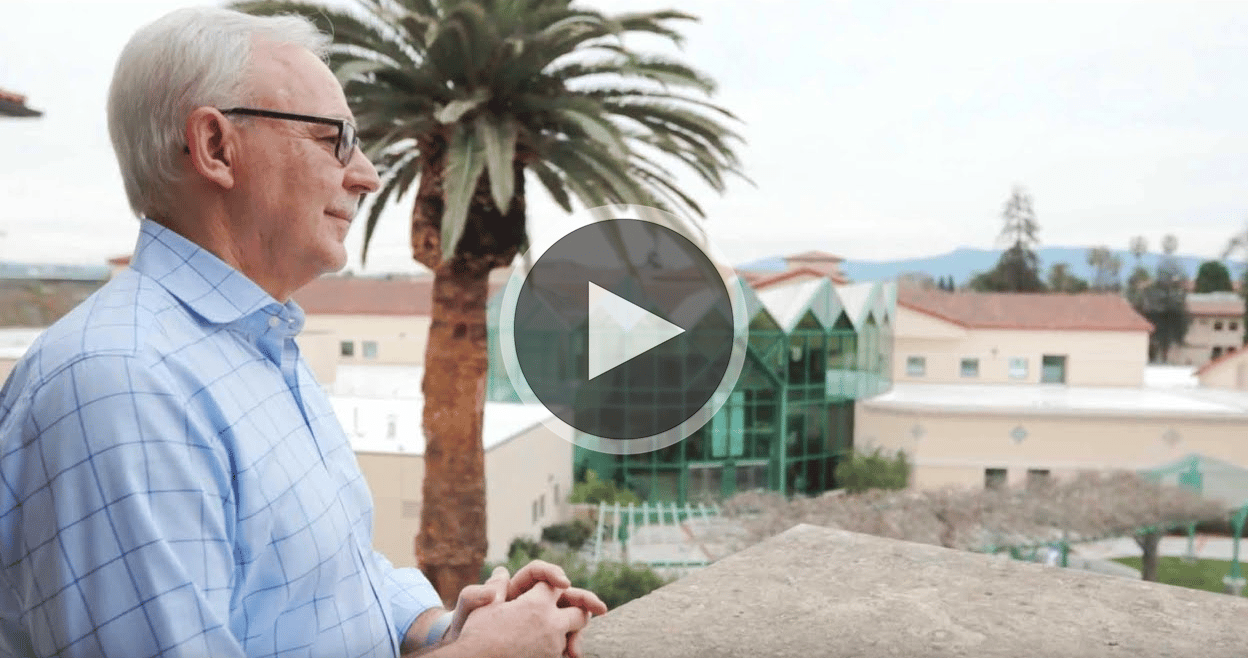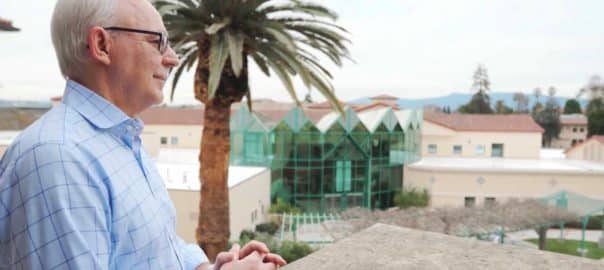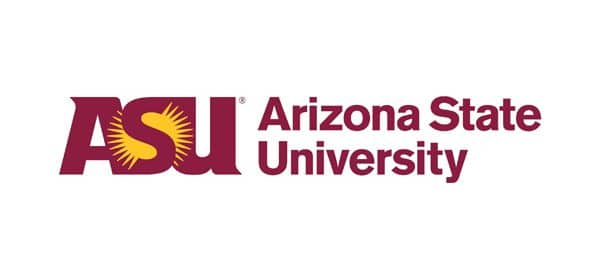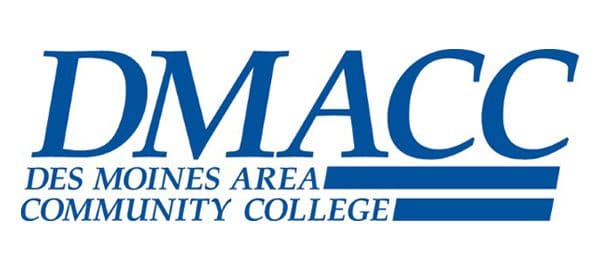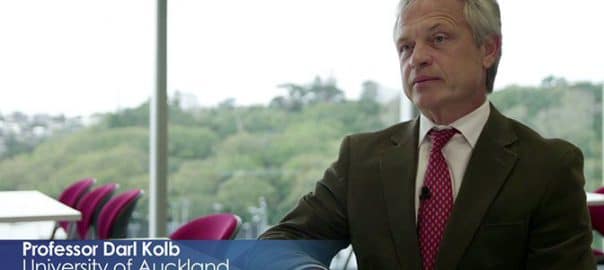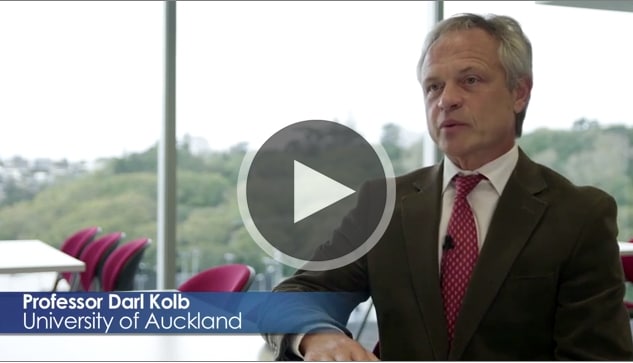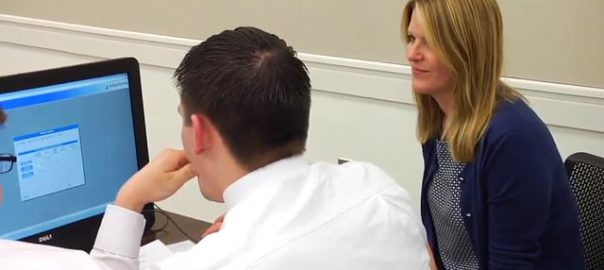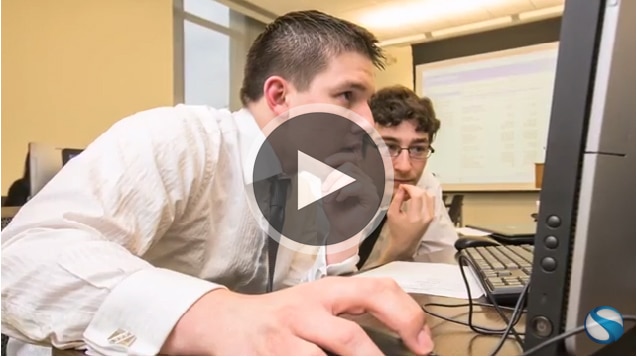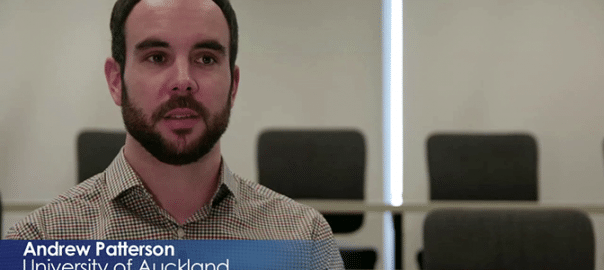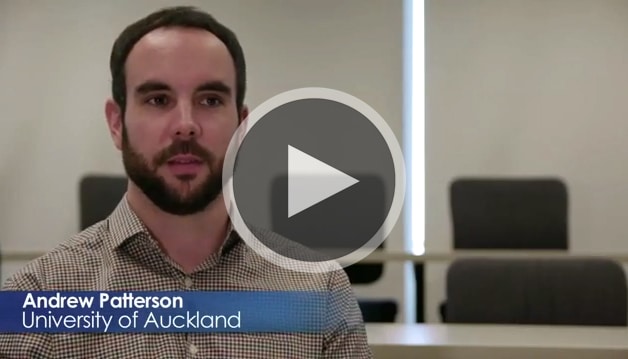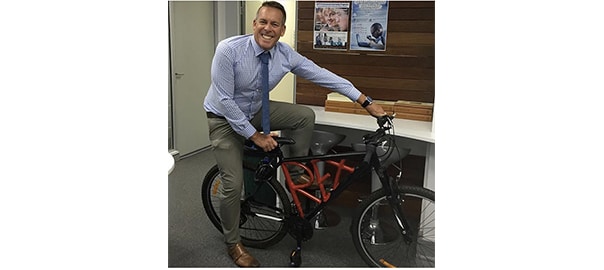The following are a selection academic papers featuring our MikesBikes Introduction to Business Simulation and MikesBikes Advanced Strategic Management Simulation.
Using Assessment To Measure The Effectiveness of a Financial Simulation
Abstract: This study examines how useful a financial simulation is at reinforcing financial learning goals as measured by an assessment. Programs within many College of Businesses are under increasing pressure to demonstrate that students are learning within their courses, assessment is one method of documenting learning. Most accreditation certifications require colleges to provide an assurance of learning using assessment techniques at the course and program levels. Business simulations play a potentially significant role in reinforcing course learning goals which are measured by assessments and document the assurance of learning process. Results indicate an improved comprehension of financial learning objectives for students after completing a business simulation with financial content.
Nugent, N., Stoyanov, S. (2019), Using assessment to measure the effectiveness of a financial simulation. Developments in Business Simulation and Experiential Learning, 46 (2019), 187-198.
Business Simulation Performance After Completing a Reflective Observations Module
Abstract: Many factors can contribute to a student’s successful learning experience when participating in a business simulation as part of their undergraduate curriculum. It’s important for faculty to understand the best methods to deploy simulation assignments to students. Is there a benefit to having students answer a set of reflective observation questions? Reflective observation questions ask students to think about their past actions, and to describe the effects their decisions have on their simulation performance. The main objective of this research: using comparative data from two classes to define the effectiveness of student performance within a business simulation after completing sets of reflective observation questions after each round of the simulation.
Nugent, M. (2018). Business simulation performance after completing a reflective observations module. Developments in Business Simulation and Experiential Learning, 45 (2018), 31-41.
Business Simulation Team Performance After Completing and Individual Practice Module
Abstract: Many factors can contribute to a student’s successful learning experience when participating in team based simulations. What is the best way to deploy simulation assignments to students? Is there a benefit to having students complete a significant amount of simulation practice rounds before competing against each other in a team environment? The main objective of this research: using comparative data from two classes to define the effectiveness of student team performance within a business simulation after an individual simulation practice assignment has been completed.
Nugent, M. (2014). Business simulation team performance after completing an individual practice module. Developments in Business Simulation and Experiential Learning, 41(2014), 157-164.
Instructing undergraduates in marketing strategy: from hindsight to foresight
Abstract: We are very good at instructing our students with explanations of the past. Unfortunately, prior research has noted that many business postgraduates misuse theory, as they tend to apply concepts they have been taught in the past, rather than adapt and apply foresight to a particular present context. Highly controversial work published earlier exposed the misuse of the popular Boston Consulting Group (BCG) matrix. Empirical evidence revealed that the BCG matrix leads to poor strategic marketing decisions causing managers to focus upon market share rather than profitability. In this present study, the earlier work is extended, using more controls and a larger suite of experimental conditions. A series of experiments were conducted, working with a sample of 221 executives in-training and experienced practitioners, in North America and New Zealand.
Spanier, N., (2013). Instructing undergraduates in marketing strategy: from hindsight to foresight. Marketing Education: New Challenges and Opportunities, 2013, 40-50.
The Development & Implementation of Business Simulations in Higher Education in the United Kingdom
Abstract: This thesis is a study of the development and implementation of business simulations/games in United Kingdom Higher Education institutions. The research takes an holistic approach and examines the topic from the perspective of developers of business simulations, academics who choose to implement simulations in their teaching, and students who are the end users of business simulations.
Doonga, N. (2013). The development and implementation of business simulations in higher education in the United Kingdom. OpenAIR@RGU.
Gender and Comparative Evaluations in Student Groups
Abstract: It is well documented that students generally overestimate their grades in coursework, and some studies have found that male students overestimate their test scores more than females do. This study examines gender differences when self-evaluations are compared to peer evaluations within student groups. Differences are found between male students and female students in their ability to accurately judge their own contributions in group work relative to the evaluations they receive from their peers.
Ammons, J. L., Brooks, C. M. (2013), Gender and comparative evaluations in student groups, Academy of Educational Leadership Journal, 17(2) 39-46.
Practitioner Heuristics: Adapting Student to Co-op Placement
Abstract: When people make efficient decisions that ignore some information or cues, they use their natural, intuitive ability to employ heuristics. The effectiveness of heuristics depends on the appropriateness to a given context.
Spanier, N., Franklin, D. (2013), Practitioner heuristics: adapting student to co-op placement, New Zealand Association for Cooperative Education: Strategic Directions in Cooperative Education, 31-33.
Learning to Lead: Mind Games for Middle Managers
Abstract: Middle management in tertiary education is a role made challenging by the current popularity of distributed leadership, allied with the mutually incompatible demands of the job, described in the Integrated Competing Values Framework. Middle managers need knowledge and experience to manage those challenges but these are not skills which are acquired quickly. Scenario based learning, role playing and games have been identified as effective ways of developing that knowledge and experience and demonstrating desired behaviours by problem solving familiar or recurring issues, in an environment people recognise.
Morgan, S. (2012). Learning to lead: mind games for middle managers. Tertiary Education Management Conference: Refereed Papers, 2012, 129-135.
Capital Structure and Dividend Policy in an Intro to Business Course
Abstract: At the undergraduate level, capital structure and dividend policy are generally introduced in a basic finance class and further developed in advanced courses in corporate finance. Exposure to the concept of shareholder wealth maximization earlier in the curriculum would be beneficial for student understanding of business decision-making. It is difficult to grasp the complexities of the process without some basic appreciation of the financing aspect of those business decisions. This paper outlines a pedagogical method for incorporating capital structure and dividend policy decisions into an Introduction to Business course through the use of a business simulation.
Reid, S., LaBonia, L., Shaw-Ching Liu, B., Luoma, P., and Asare, A. (2009). Capital structure and dividend policy in an intro to business course. Journal of Instructional Techniques in Finance, Spring (2009).
Learning Assurance Using Business Simulations: Applications to Executive Management Education
Abstract: Today the number of working managers returning to the classroom is growing rapidly as a result of globalization and technological developments. Many students are enrolling in executive management degree programs (EMBA) which feature flexibility and a focus on results. While most EMBA programs are delivered in a different format than the traditional MBA program the requirement for learning assurance is still essential. Simulations, which are used extensively throughout most EMBA programs as part of the experiential learning process, provide one approach for evaluating the effectiveness of curriculum design and delivery. The purpose of this paper is to illustrate how simulation in concert the development of rubrics can be used to support the learning assurance process in EMBA type programs.
Hall, Owen P. Jr. & Ko, Kenneth. (2006). Learning assurance using business simulations: applications to executive management education. Developments in Business Simulation and Experiential Learning, 33(2006).
Mike’s Bikes: Net Mike Version
Smith, P., Carrie, D. (2004). Mike’s Bikes: Net Mike Version. Simulation & Gaming (SAGE) 35(4), 527-529.
Mike’s Bikes: Solo Mike Version
Smith, P., Carrie, D. (2004). Mike’s Bikes: Solo Mike Version. Simulation & Gaming (SAGE) 35(4), 525-535.
